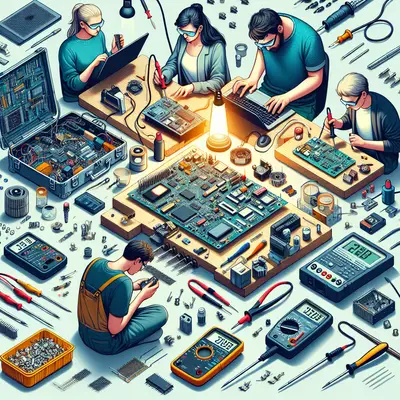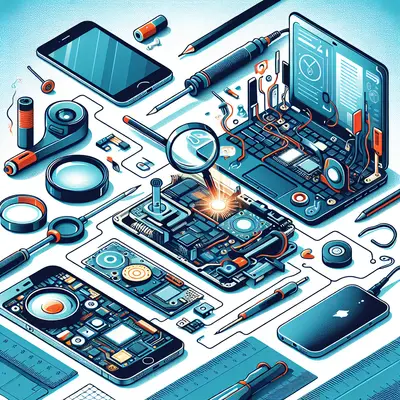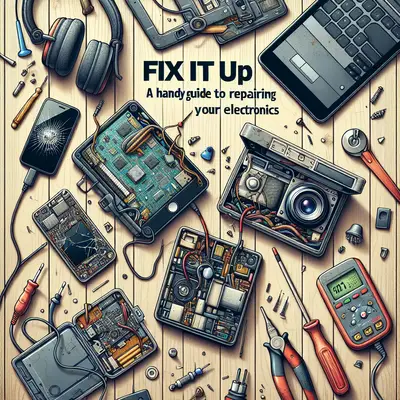In today's digital world, we often find our lives revolving around electronics. These devices, while convenient and powerful, are not immune to damage or wear. Before you decide to discard your faulty device and shell out money for a brand new one, consider a DIY repair. With some basic knowledge, you can breathe new life into your electronics. Here are 5 expert DIY tips to help you fix your electronic devices.
Understand the Issue
The first step to any successful repair is understanding what the problem is. Is your device not turning on? Does it have a cracked screen? Or is it simply running slow? Identifying the problem will help you determine the best course of action. Spend time researching online. There are countless user forums and YouTube tutorials that can help you diagnose the issue.
Gather the Right Tools
Once you know what's wrong, you'll need the right tools to fix it. A basic electronics repair kit should include a set of precision screwdrivers, tweezers, a magnifying glass, and a multimeter for testing electrical connections. Also, consider investing in a soldering iron if you're dealing with broken connections.
Safety First
Working with electronics poses certain risks. Always disconnect any power supply before starting to repair. Use anti-static wristbands to prevent static electricity from damaging sensitive components. And remember, if you're not confident, it's better to seek professional assistance than to risk causing more damage.
Practice Patience
Successful DIY repair requires patience. Some issues can be fixed quickly, while others may take hours or even days. Don't rush the process. If you're feeling frustrated, take a break and come back to it later.
Test Before Reassembly
Finally, before you put everything back together, test your device to make sure it's working correctly. There's nothing more frustrating than reassembling your device, only to find out the issue still exists. If the problem persists after your repair attempt, it might be time to consult a professional.
Conclusion
DIY electronics repair can be a rewarding and cost-saving exercise. The key is to diagnose correctly, use the right tools, prioritize safety, exercise patience, and test before reassembling. With these 5 expert tips, you're well on your way to bringing your electronic devices back to life. Happy repairing!



